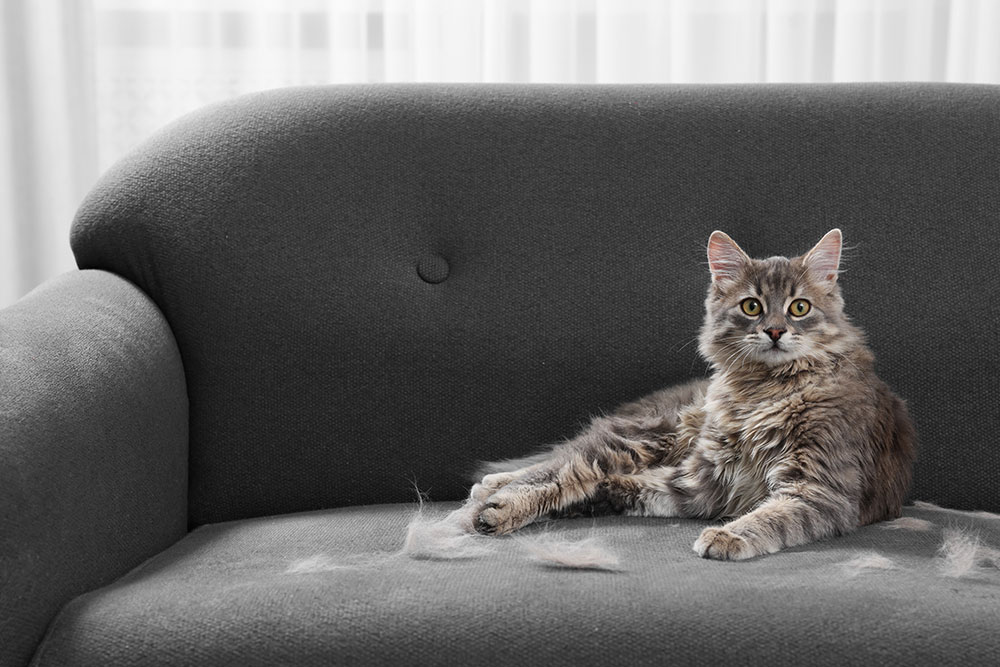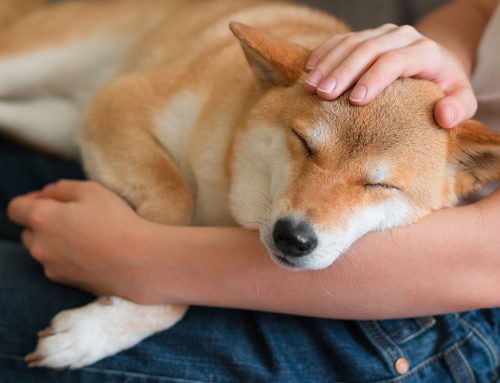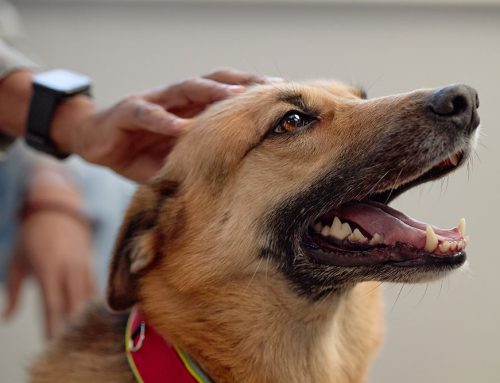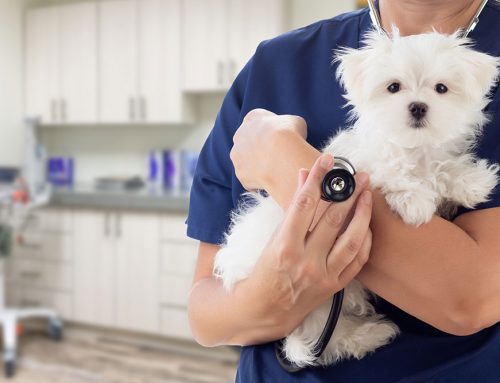Understanding Hair Loss in Dogs and Cats – A Comprehensive Guide
Hair loss in pets, particularly dogs and cats, can be more than just a cosmetic concern—it may indicate underlying health issues. If you notice thinning fur or bald patches, it’s essential to determine the cause to provide the right treatment.
At Family Veterinary Care of Oakdale, we are dedicated to diagnosing and treating hair loss in pets, helping them regain a healthy coat and overall well-being.
Learn more about our services.
Common Causes of Hair Loss in Dogs and Cats
Hair loss in pets can stem from various factors, including allergies, parasites, hormonal imbalances, stress, genetics, and environmental influences. Understanding these causes is the first step toward effective treatment.
Allergies
Allergies are a leading cause of itching, excessive scratching, and hair loss in pets. They may be triggered by:
- Food allergies (certain proteins or grains)
- Environmental allergens (pollen, dust, mold)
- Flea allergies (even one flea bite can cause severe reactions)
Chronic allergies can lead to inflamed skin and secondary infections. If your pet is frequently scratching or biting their skin, allergy testing and management may be necessary.
Learn more:
- Dog Allergies: Symptoms & Treatment – AKC
- Allergy Tips for Small Animals – Purdue Veterinary Hospital
Parasites
Fleas, ticks, and mites not only cause discomfort but also contribute to hair loss due to excessive scratching and skin irritation. Mange mites (Demodex or Sarcoptes) can lead to patchy or widespread hair loss, often requiring veterinary treatment.
Year-round parasite prevention is crucial in keeping your pet’s skin and coat healthy.
Learn more:
- The Importance of Year-Round Parasite Prevention for Pets
- Flea Allergy Dermatitis in Cats – Cornell University
Hormonal Imbalances
Conditions like hypothyroidism and Cushing’s disease can disrupt your pet’s normal hair growth cycle, leading to hair thinning, bald patches, or excessive shedding.
Signs of hormonal imbalances include:
- Hair loss on both sides of the body (symmetrical pattern)
- Dry, flaky skin
- Lethargy and weight gain (hypothyroidism)
- Increased thirst and panting (Cushing’s disease)
Learn more:
Genetic & Color-Linked Alopecia
Some breeds are genetically predisposed to hair loss conditions, including:
- Seasonal Flank Alopecia – A condition where pets experience recurrent hair loss on their flanks, often during fall or winter. It is seen more commonly in breeds like Boxers, Bulldogs, and Schnauzers.
- Color Dilution Alopecia – Found in Dobermans, Blue Pit Bulls, and Weimaraners, this genetic condition causes progressive hair thinning in areas with diluted coat colors.
While these conditions are not harmful, they may require supportive skin care to maintain coat health.
Exposure to Hormonal Medications
Pets can experience hair loss from exposure to exogenous hormones, including:
- Hormone-based medications or supplements given directly to the pet.
- Contact with human hormone replacement therapy (HRT), including topical creams or patches, from the pet owner.
These exposures can disrupt normal hair cycles, leading to thinning fur, bald patches, or changes in skin texture.
Psychological Stress & Anxiety
Just like humans, pets can suffer from stress-related hair loss, often due to:
- Changes in environment (new home, new pet, loud noises)
- Separation anxiety
- Boredom or lack of mental stimulation
Stress-related hair loss is often accompanied by over-grooming, chewing, or licking a particular area (psychogenic alopecia).
Diagnosing Hair Loss in Pets
Diagnosing the cause of your pet’s hair loss requires a comprehensive veterinary evaluation, which may include:
- Physical examination – Checking for parasites, skin infections, or visible abnormalities
- Skin scrapings & cytology – Identifying mites, bacteria, or fungal infections
- Blood tests – Assessing thyroid function, hormone levels, or underlying diseases
- Allergy testing – Determining potential environmental or food triggers
Early diagnosis allows for targeted treatment and prevents worsening symptoms. If your pet is experiencing hair loss, schedule a check-up with Family Veterinary Care of Oakdale.
Treatment Options for Hair Loss in Pets
Treatment depends on the underlying cause but may include:
1. Medications & Topical Treatments
- Antihistamines or corticosteroids for allergy-related hair loss
- Antifungal or antibacterial shampoos for infections
- Parasite preventatives for fleas, ticks, and mites
- Hormone replacement therapy for endocrine disorders
2. Dietary Adjustments
A well-balanced diet rich in omega-3 fatty acids, protein, and essential vitamins supports skin and coat health. Hypoallergenic diets can help pets with food allergies.
3. Environmental & Behavioral Modifications
For stress-related hair loss, consider:
- Providing interactive toys & puzzle feeders
- Ensuring routine exercise & mental stimulation
- Using calming supplements or pheromone diffusers
Learn more about proper grooming and coat care:
Preventing Hair Loss in Dogs and Cats
Taking proactive steps can help maintain your pet’s healthy coat:
- Year-round flea & tick prevention
- Routine grooming to remove loose fur and prevent matting
- High-quality diet with proper nutrients for coat health
- Regular vet check-ups for early detection of skin issues
- Minimizing stressors and providing enrichment activities
When to Seek Veterinary Care:
- Severe hair loss, open sores, or scabs
- Persistent scratching, biting, or chewing
- Lethargy, weight changes, or unusual thirst
Early intervention prevents worsening skin infections or systemic health issues. Contact Family Veterinary Care of Oakdale to schedule an exam.
FAQs About Hair Loss in Pets
Q: Can seasonal shedding cause bald patches?
A: Seasonal shedding is normal, but excessive thinning or bald spots may indicate an underlying issue.
Q: Are home remedies effective for pet hair loss?
A: While some at-home treatments may offer temporary relief, the root cause of hair loss needs professional diagnosis and treatment.
Q: How can I tell if my pet’s hair loss is due to stress?
A: Stress-related hair loss is often accompanied by excessive licking, chewing, or over-grooming, particularly on the belly or legs. Behavioral modifications and calming aids can help.
Family Veterinary Care of Oakdale: Expert Care for Your Pet’s Skin & Coat
If your pet is experiencing hair loss, excessive scratching, or skin irritation, we are here to help.
At Family Veterinary Care of Oakdale, we are dedicated to ensuring your pet’s comfort, health, and happiness.











Leave A Comment